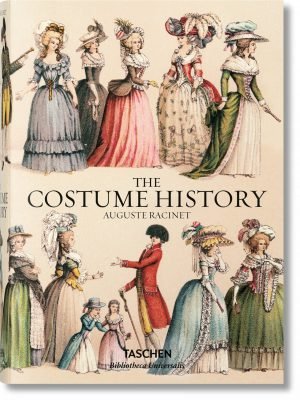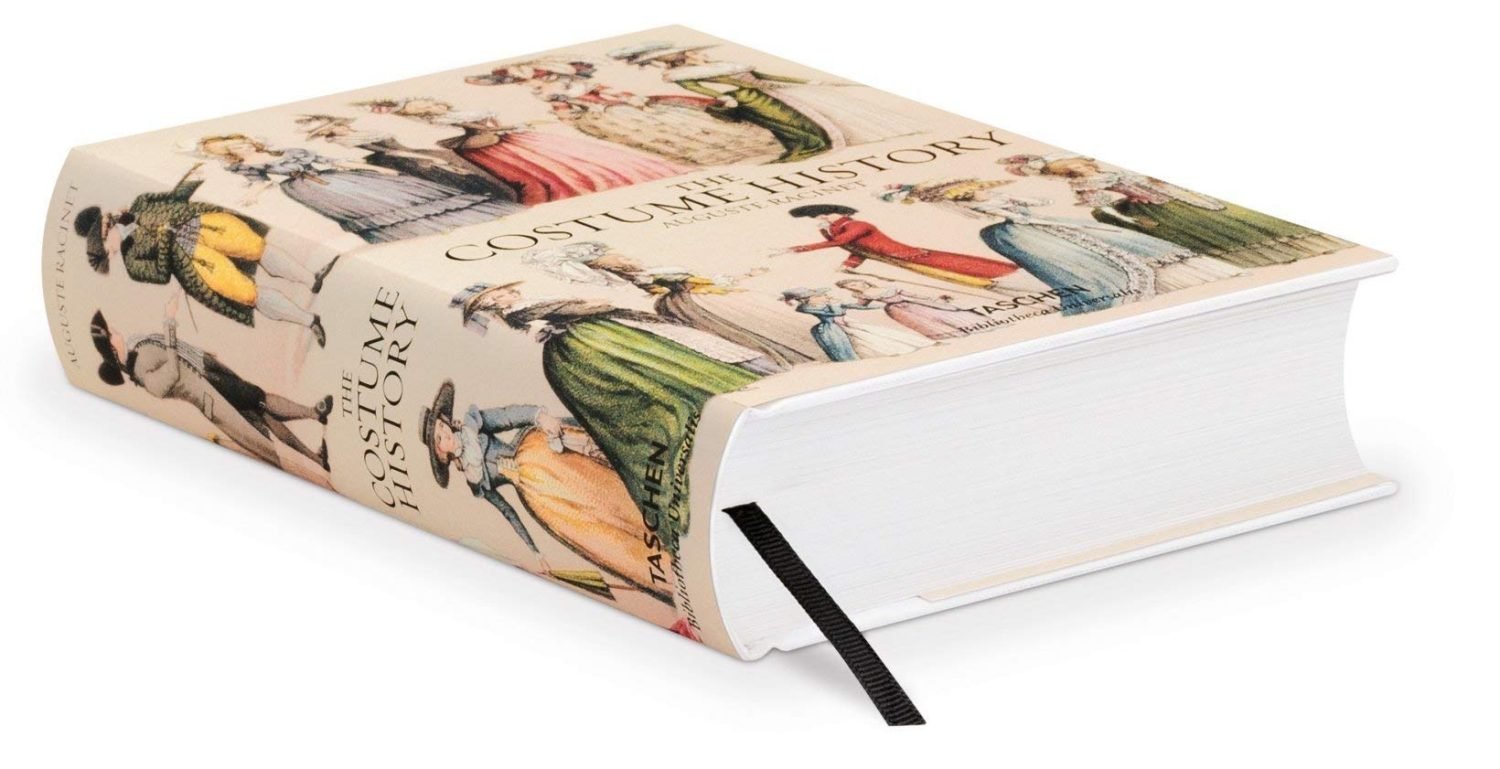
GRECO-ROMAN. ART. MOSAICS, PAINTED BAS-RELIEFS, AND MURAL PAINTINGS.
THE use of mosaic is very ancient; its name is derived from the Greek word Μοῦσα, Muse.
“If an invention,” says M. Barre, “is attributed to the Muses collectively, and not to some particular artist, or special divinity of the second rank, if it has never become the theme of the narrations of poets and fabulists, we may be sure that it has. been a common practice from time immemorial, and comprises nothing that could be called a discovery.” Herculanum et Pompéi, by H. Roux and Barre. Paris, Firmin Didot.
It is difficult to determine precisely the periods at which the Greeks, and after them the Romans, passed from the use of simply variegated pavements to mosaics ornamented with figures.
All that we know with any certainty is, that the taste for mosaic pavements was only developed amongst the Greeks under the Asiatic influence of the successors of Alexander.
Relying on a passage in Pliny; it may be safely assumed that mosaics of artificial crystals, used for the imitation of painting, first appeared at Rome about the time of Vespasian.
The specimens contained in our plate may be thus divided: –
- Nos. 1 to 7, mosaics found at Herculaneum and Pompeii.
- No.6 from the House of the Faun, and No.7 from the House of Polybius, both at Pompeii.
- Nos. 8 and 9 represent painted bas-reliefs at Pompeii.
- Nos. 10 to 20 are taken from panels, friezes, borders and mural paintings.
All these specimens are reproduced from the great works of Zahn and Mazois.
Source: Polychromatic ornament by Auguste Racinet. London, H. Sotheran and Co., 1877.









